COS News
News
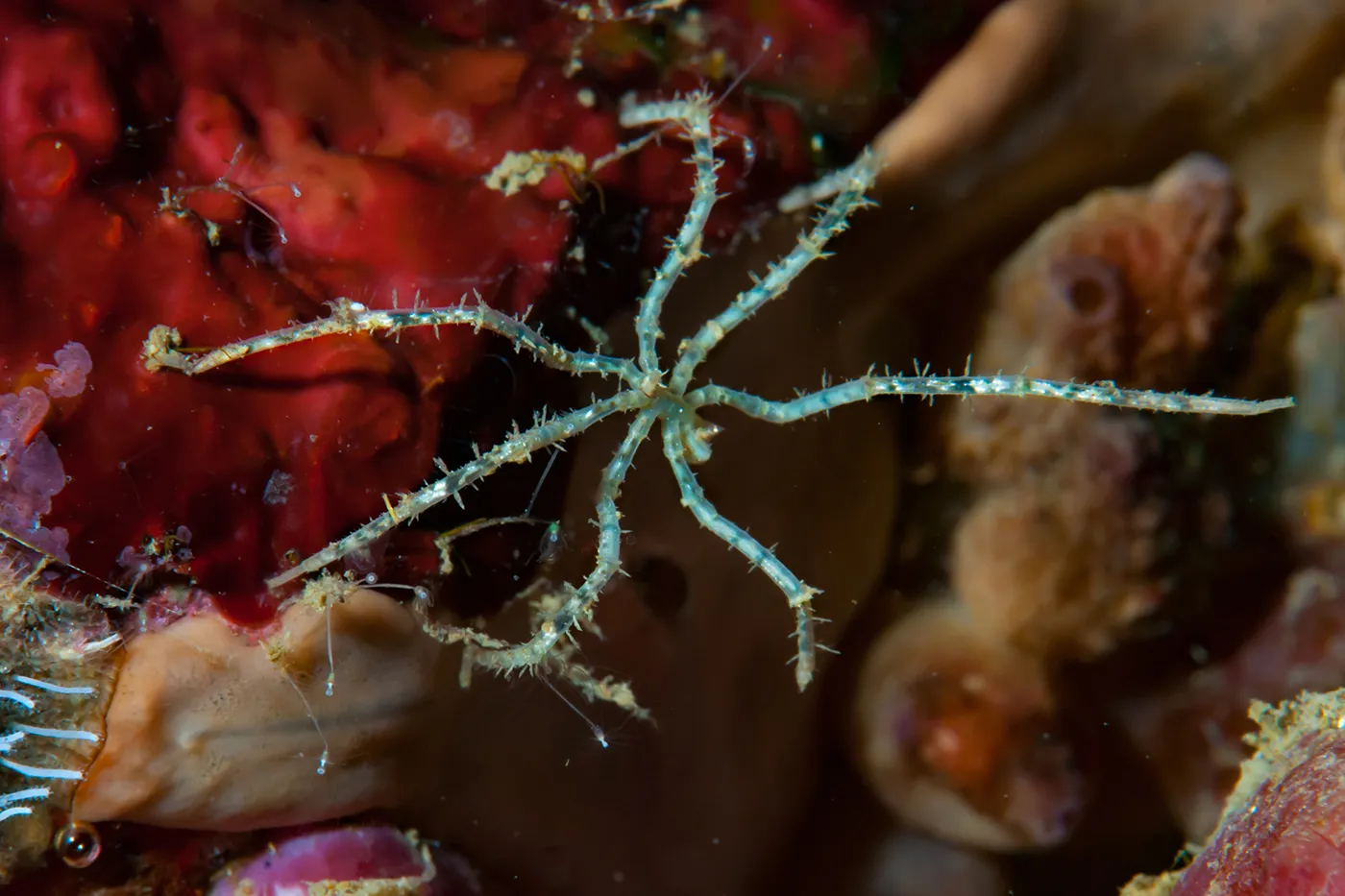
Connie Phong wants to know how an animal adapted to live in a highly specialized environment — just below the freezing point for seawater — responds to warming oceans.
How Northeastern scientists are using Antarctic sea spiders to study life on the edge
News

Fleury Augustin Nsole Biteghe has identified a way to target two of the deadliest cancer types with chemotherapy drugs but without the harms associated with chemotherapy.
Northeastern researcher uses light to target and kill cancer cells
Showing 200 results in Physics
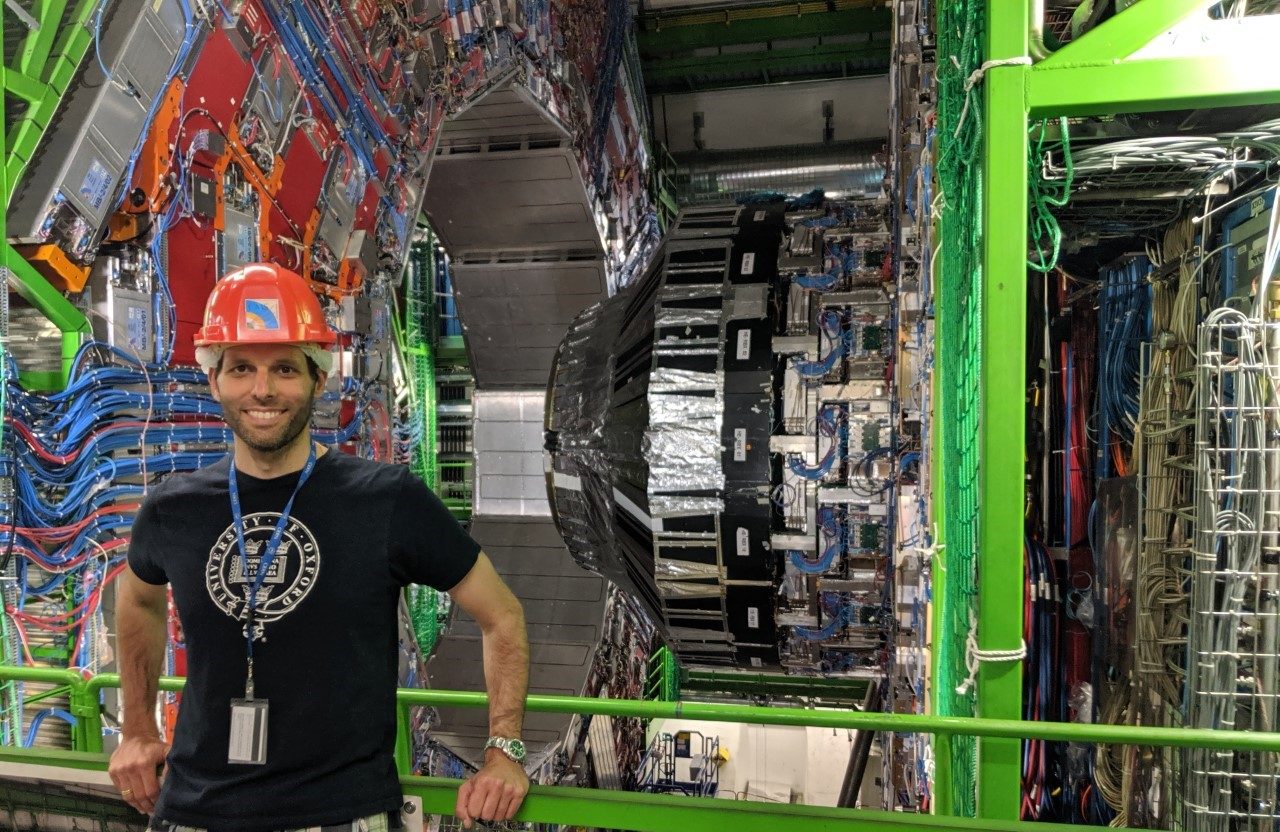
Meet our new College of Science faculty: Fabian Ruehle
Introducing new College of Science faculty, Fabian Ruehle.

‘Holy grail discovery’ in solid-state physics could usher in new technologies
There are many mysteries still to unravel in the world of quantum mechanics, but scientists at Northeastern believe they’ve made a “holy grail” discovery that could help pave the way for the next generation of electronic devices. Their findings, published recently in Nature, center mostly on the discovery of a so-called topological axion insulator, a […]
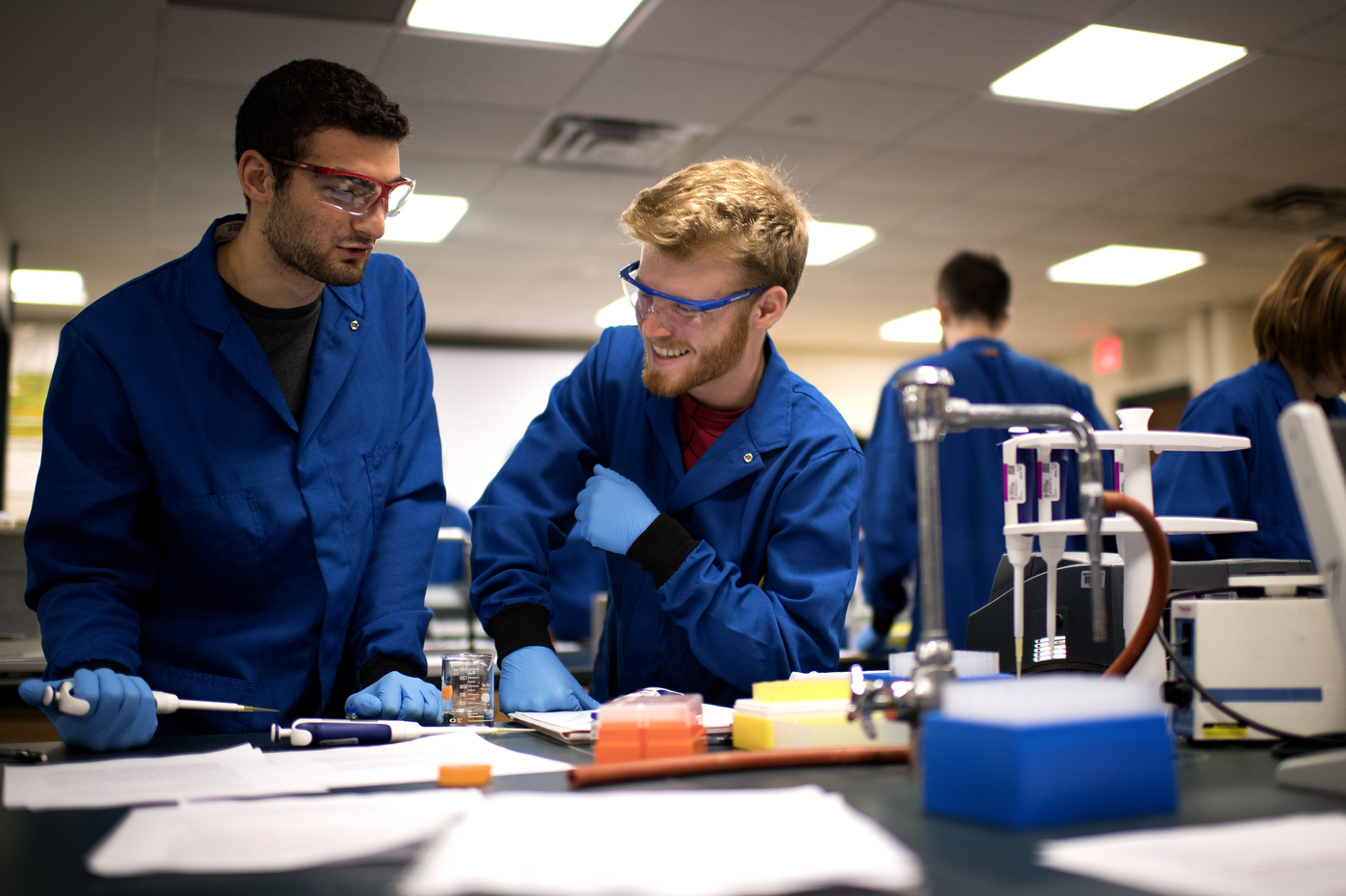
College of Science Connects: Research at the Frontier – Theoretical Condensed Matter & Biological Physics
Alessandro Vespignani, Sternberg Family Distinguished Professor of Physics, presents his research as part of the Northeastern Office of Alumni Relations College of Science Connects series.
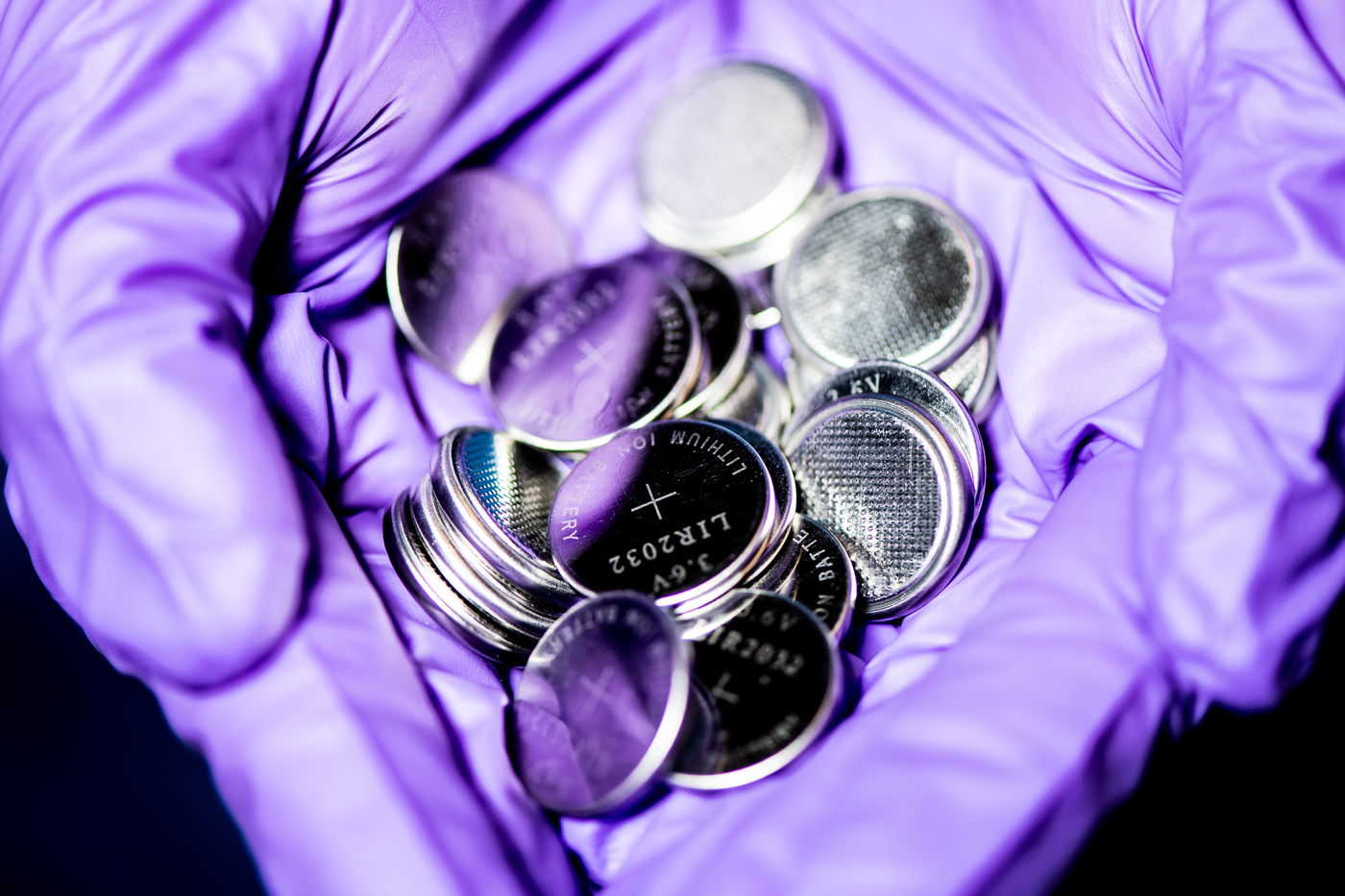
What goes on inside the battery of your iPhone?
Research conducted by Arun Bansil, university distinguished professor of physics, and other institutions, seeks to "see" how atomic and subatomic particles inside lithium-ion batteries behave.

When can we say that the COVID-19 pandemic is over?
The rapid decline in coronavirus infection rates in the U.S. might make it feel like the end of the pandemic is upon us. It’s not yet. But the point at which we do consider it over may be confusing—and personal. AP Photo/Kathy Willens
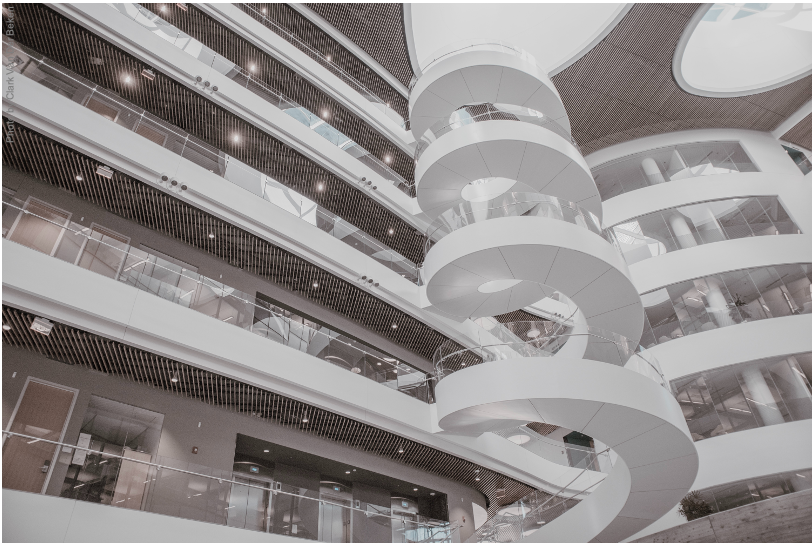
Solving Quantum Riddles: Dr. Sijia Dong is Using Machine-Learning to Overcome Challenges in Quantum Chemical Computation
Complex chemistry, Machine learning, and quantum mechanics are fields that take strong computers and a lot of time to understand. Dr. Sijia Dong is simplifying that process by uniting the three.
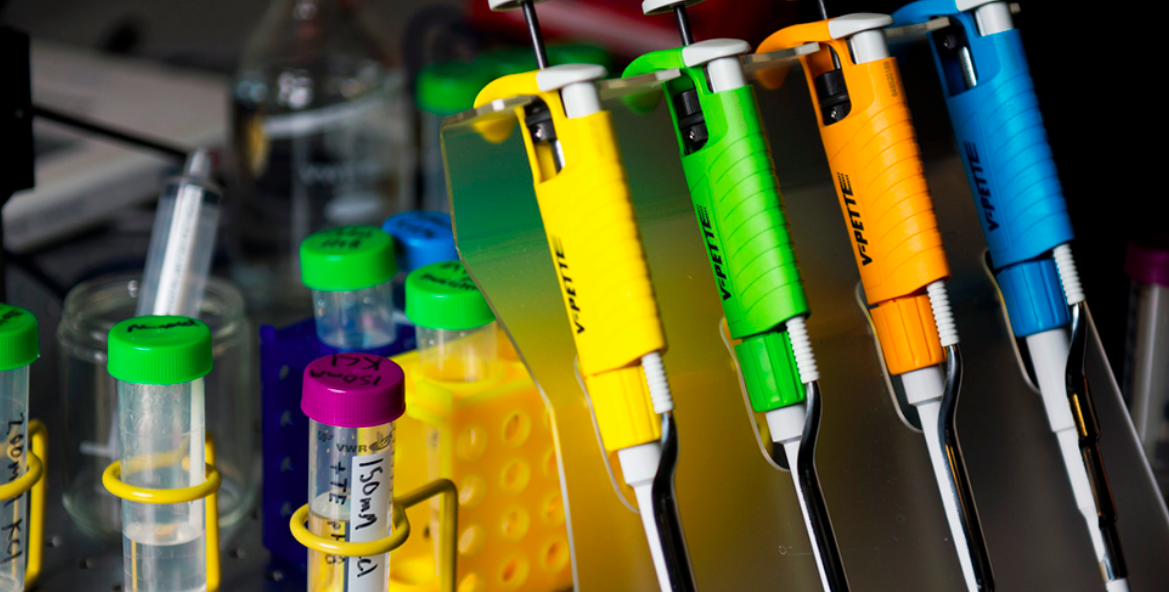
College of Science Connects: Research at the Frontier – Experimental Biological Physics
Hazel Sive, Dean of the College of Science, talks to Meni Wanunu, Associate Professor of Physics, on his expertise in experimental biological physics researching biosystems at the nanoscale. Dr. Wanunu’s lab is developing novel techniques that probe how small molecular changes affect the global properties of macromolecules and biomolecules.
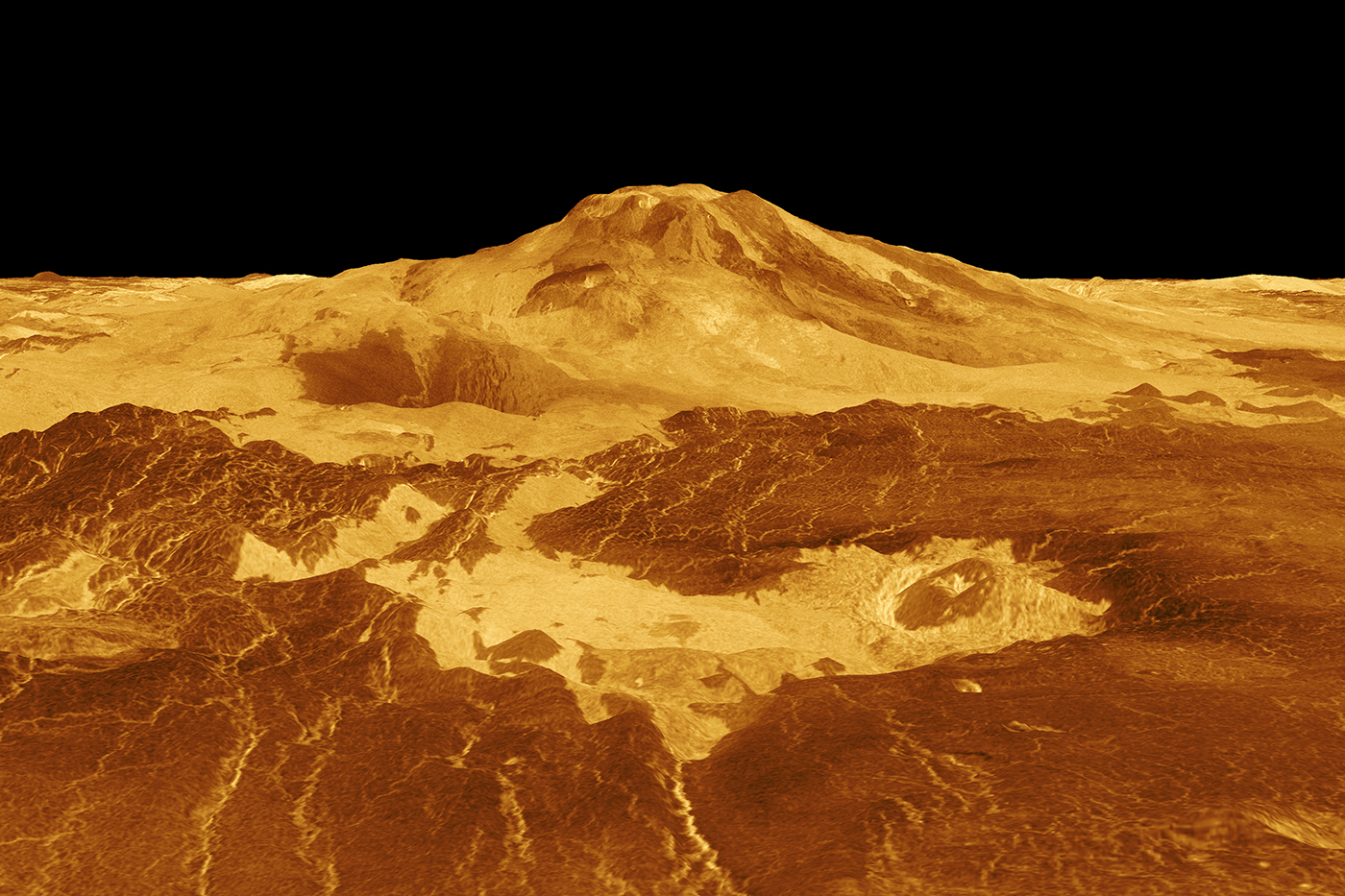
Could humans visit Venus? Here’s a plan to do just that.
There’s a hellscape right here in our own solar system, and a team of Northeastern students wants to send human explorers to check it out. Photo by NASA/JPL
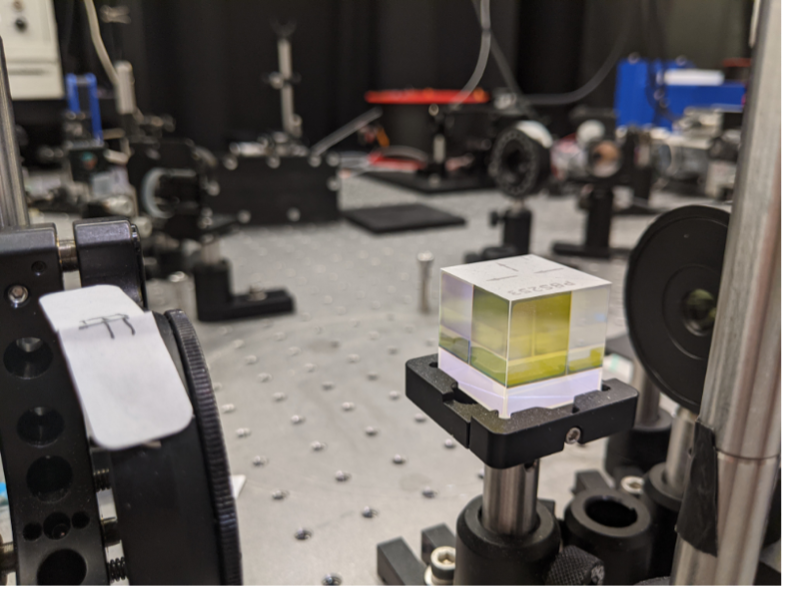
Scialog’s Newest Bioimaging Fellow: Dr. Bryan Spring
This article highlights Northeastern’s Bryan Spring who has recently been selected as a Scialog fellow for research in bioimaging. This prestigious award is meant to foster collaboration and innovation within the bioimaging community.
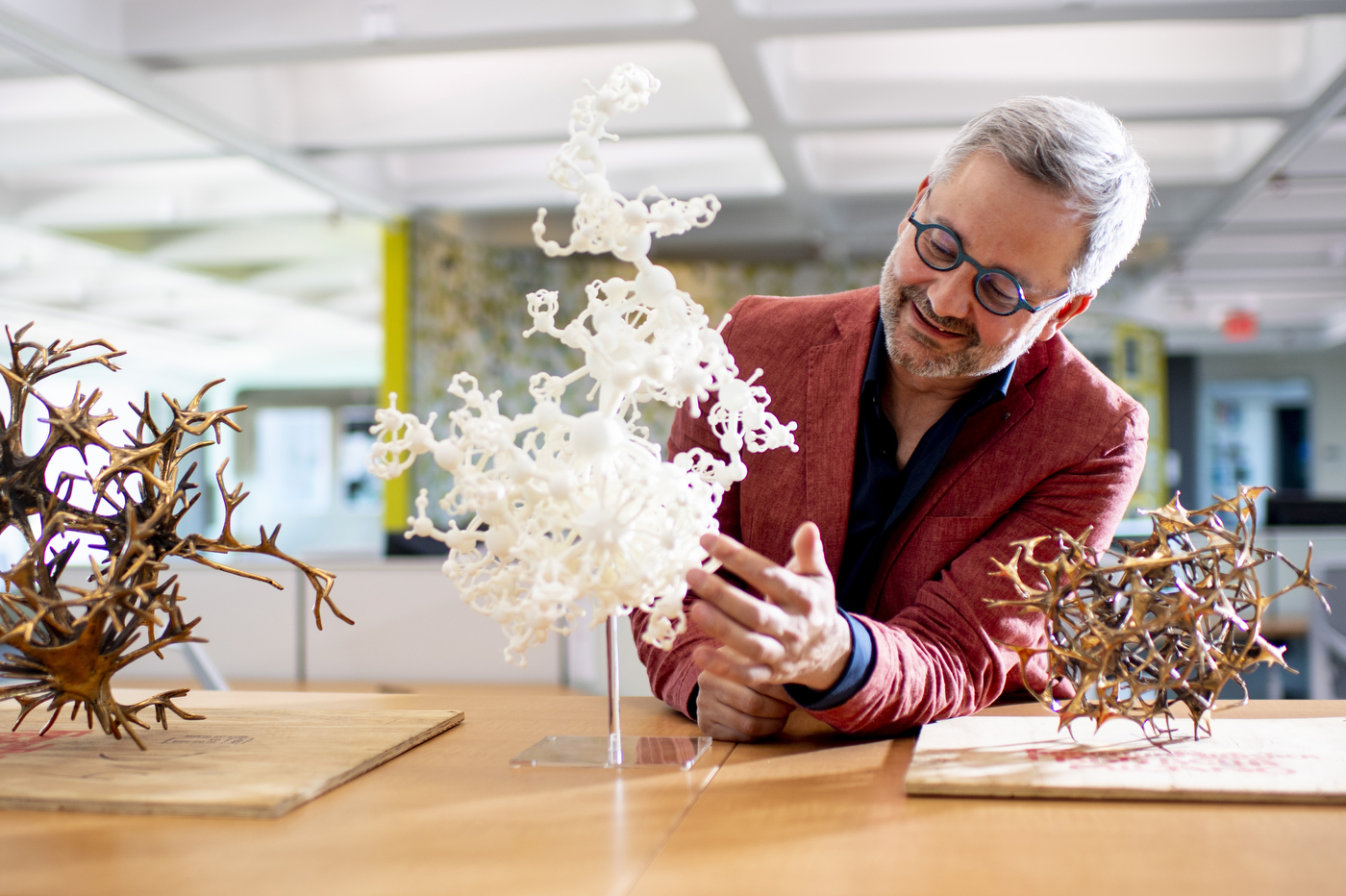
Sculpture meets science when physicist Albert-László Barabási makes art from network patterns
Albert-László Barabási wanted to be a sculptor. Then he discovered physics and pioneered a new field of network science. Now, the Northeastern professor has also developed a new form of art, too. Photo by Ruby Wallau/Northeastern University
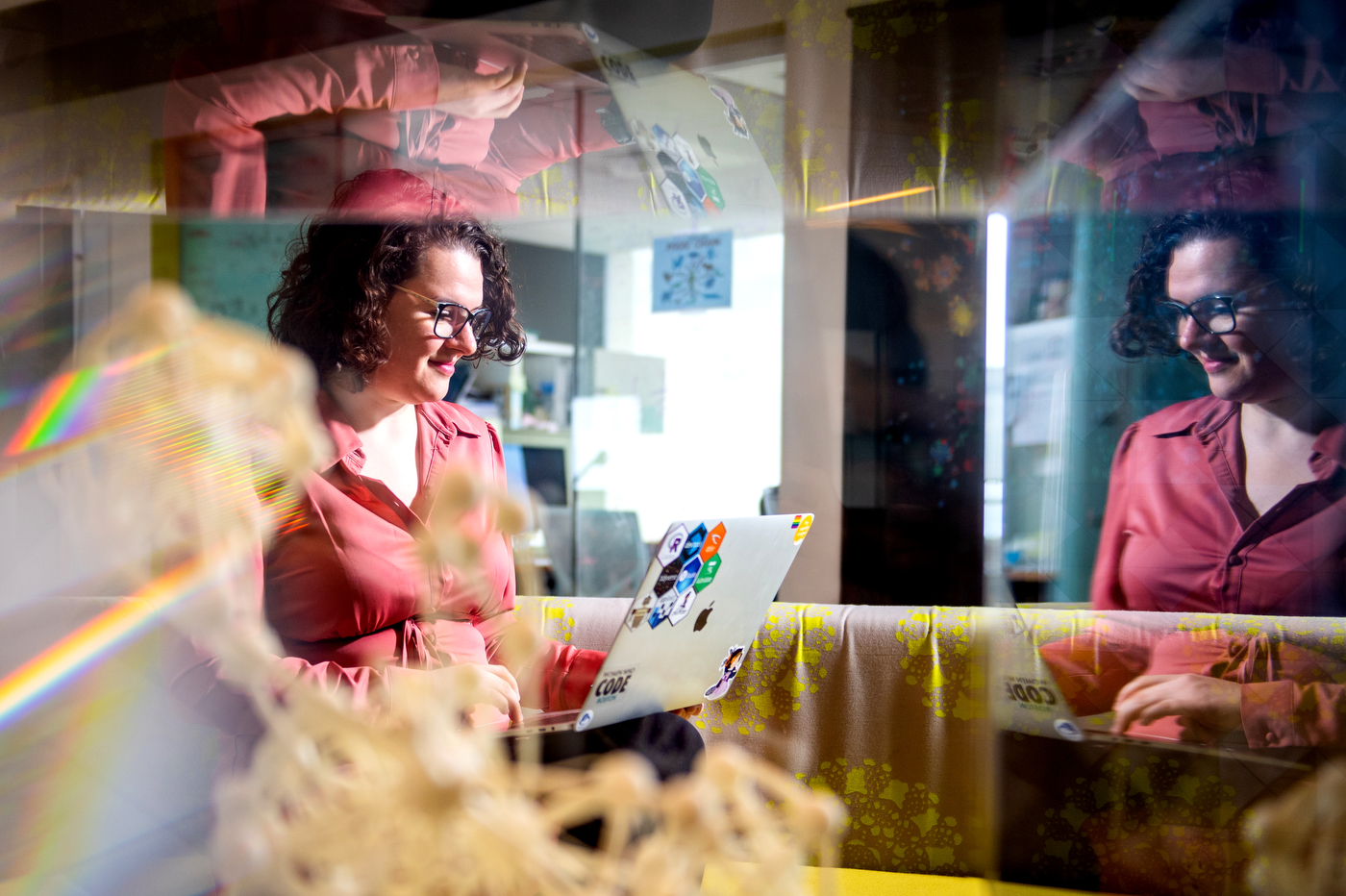
Existing drugs may hold the key to curing COVID-19
Developing new disease treatments can take years. That's why Northeastern researcher Deisy Morselli Gysi and her colleagues looked at existing drugs to treat COVID-19. And now they have four strong contenders. Photo by Matthew Modoono/Northeastern University
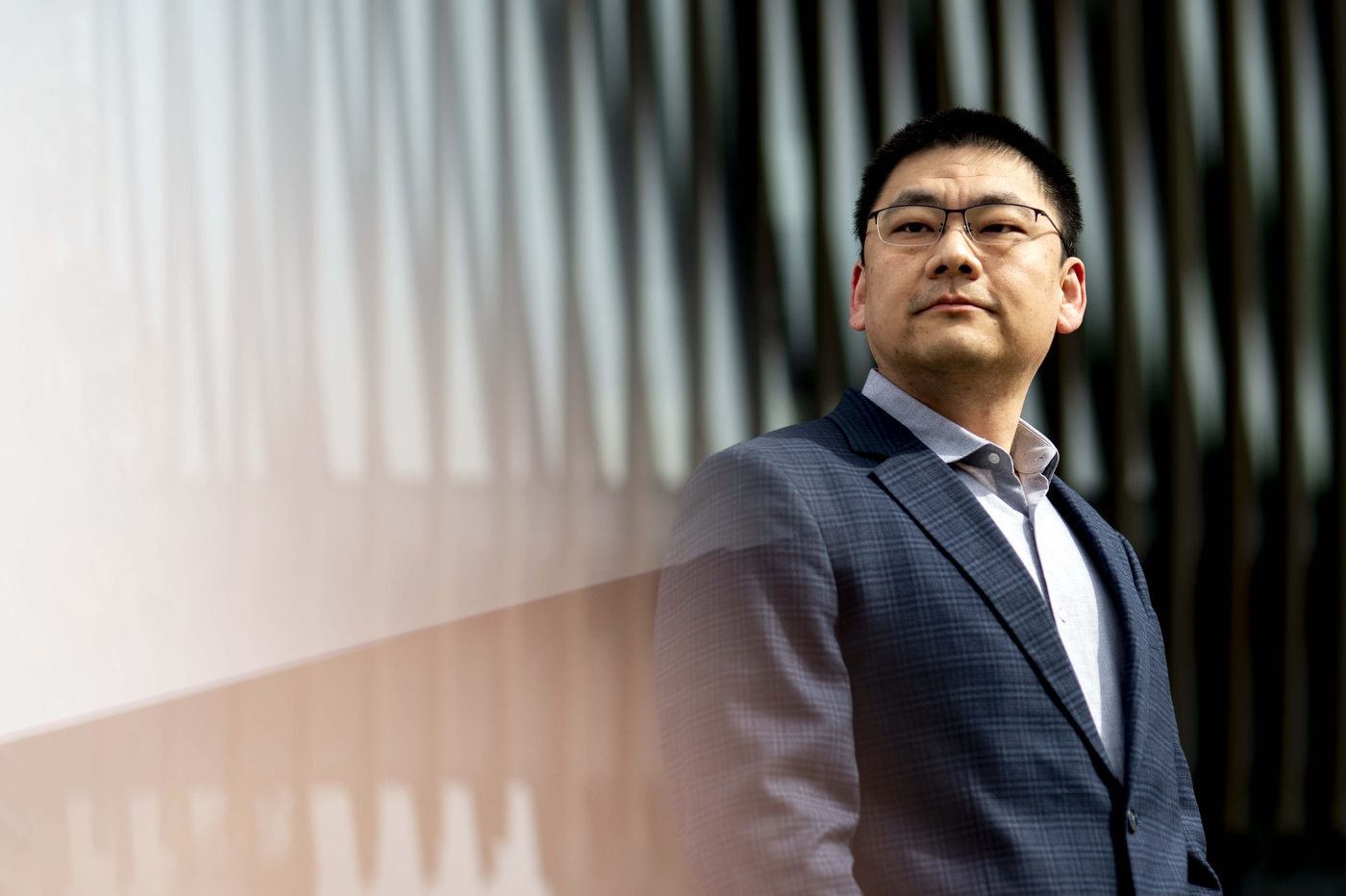
His parents wanted a better life for Max Bi: Their gamble paid off.
Max Bi was 14 years old when his parents moved from Beijing to New York to create more opportunities for their only child. “It was for me to get a better education,” says Bi, an assistant professor of physics at Northeastern. “The competition is fierce in China, and I wasn’t a top student in middle […]